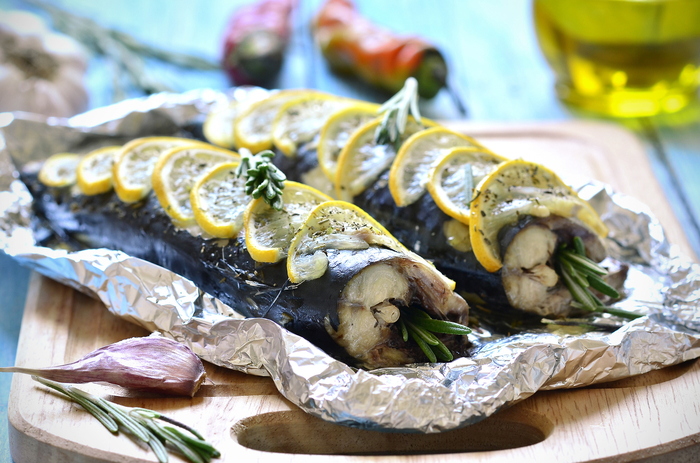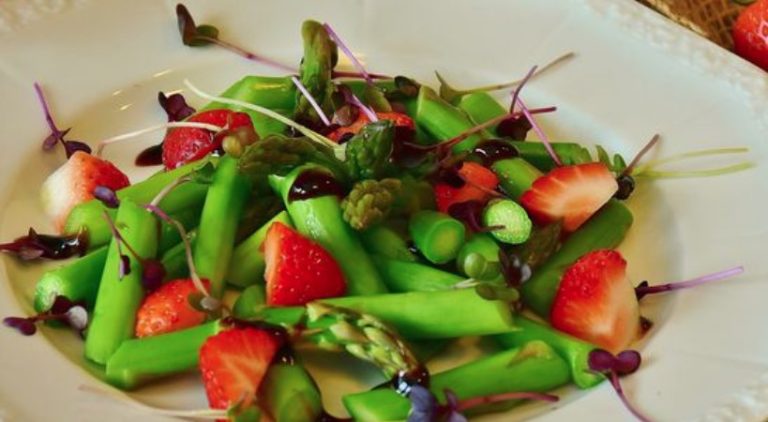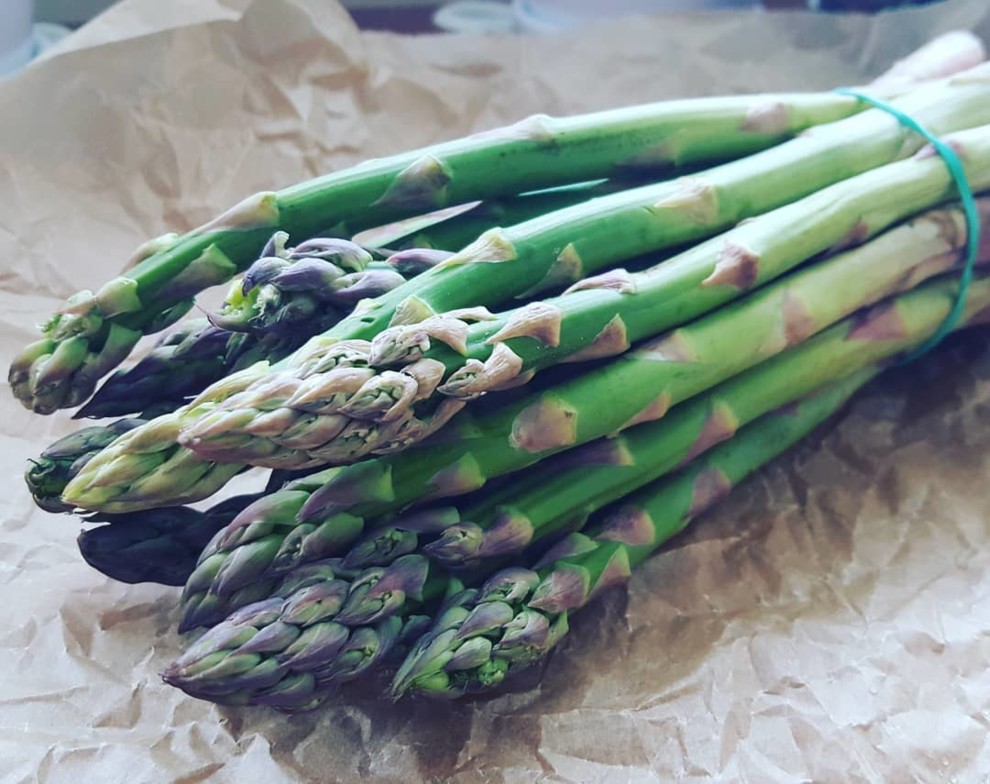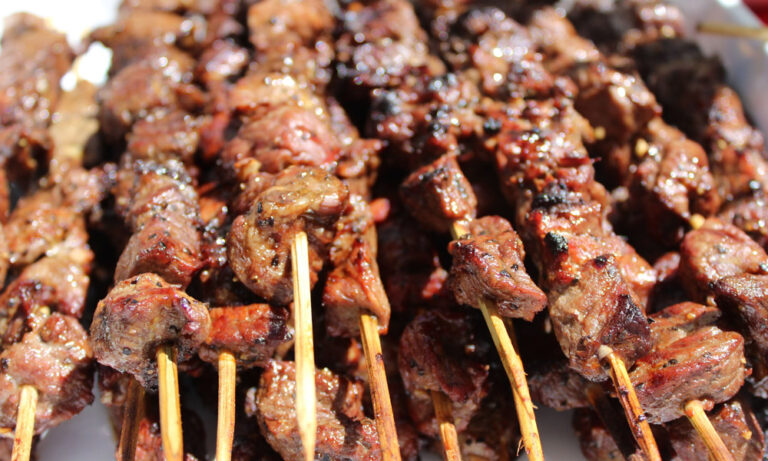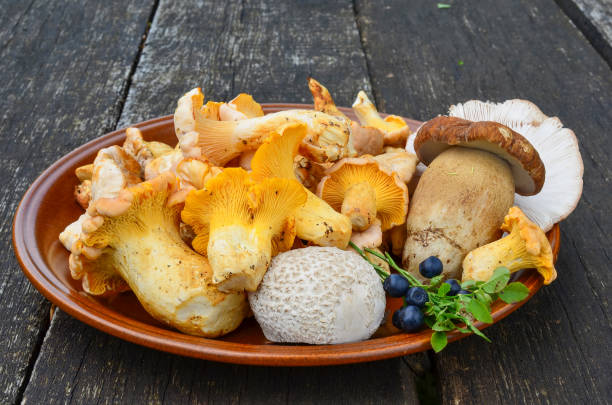You can prepare fennel in many ways – whether fried, boiled or raw. It is suitable for much more than just a cup of tea. We’ll show you how to use this healthy and versatile vegetable.
To prepare fresh fennel, it is best to buy it during the season from June to October. You can recognize it by its typical shape, which is reminiscent of a human heart with its white bulb and green stems. Ideally, buy fennel from the region and in organic quality. In this way you can be sure that the fennel has not traveled long distances and was grown without chemical-synthetic pesticides.
Tip: The fennel is fresh when it has no brown spots and the green fennel is neither wilted nor dried out.
Fennel is rich in healthy nutrients
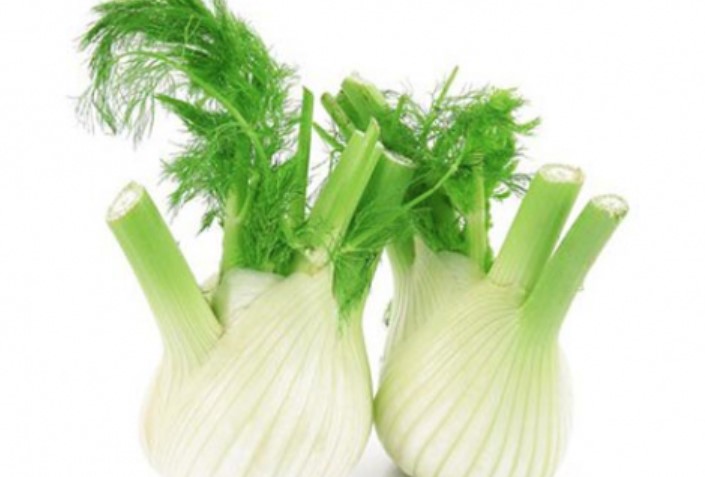
You can prepare and eat both the white and the green part as well as the seeds of the fennel. They all taste like anise because of the essential oils. In addition, fennel contains many other healthy ingredients, including magnesium, potassium, iron and vitamin A and vitamin C.
How to prepare the different parts of the fennel:
The white of the fennel can be eaten raw, boiled, roasted or baked in the oven. It goes well with many types of vegetables and fish.
You can use the fennel greens to season fennel dishes.
You can use fennel seeds to flavor baked goods or Mediterranean sauces. You can also use them to make a healthy fennel tea.
To prepare fennel, you must first wash it thoroughly, as there is often sand in the gaps. Then separate the green and cut out the stalk. You can do this by halving or quartering the tuber.
Eat fennel raw
Raw fennel tastes delicious as a fennel salad and can be combined with many types of vegetables. We recommend that you cut it into fine strips due to its strong flavor. An interesting combination is, for example, raw fennel with oranges and olives. For four people you need:
2 juicy oranges
1 small fennel bulb (about 150 g)
2 small white onions
1 tsp chopped rosemary
1 tsp white wine vinegar
4 tablespoons good olive oil
salt and pepper
a handful of olives
How to prepare the salad:
Peel the oranges and remove the white skin.
Cut the oranges into 0.5 cm thick slices and remove the stone. Arrange the slices on a platter. Catch the orange juice.
Clean the fennel bulb and remove the hard outer parts.
Set the fennel greens aside.
Cut the fennel heart into small cubes or fine strips.
Cut the onions into very fine rings.
Whisk together the reserved orange juice with the vinegar and olive oil, add the rosemary.
Season everything with salt and pepper.
Chop the fennel greens and spread them over the orange slices. Top with the onion rings and fennel and drizzle with the dressing.
Put the olives on the salad.
Cooking fennel – what to watch out for?
You can cook a fennel bulb whole or cut in half. Depending on the size, the fennel needs ten to 20 minutes to cook. You get a nice aroma if you add lemon juice to the cooking water. You can then season the fennel as you like, drizzle with olive oil or bake in the oven.
Frying fennel in the pan
The roasted aromas that develop when roasting go very well with the taste of the fennel. Here is an easy fried fennel recipe. For two servings you need:
1 fennel bulb with greens (about 500 g),
2 tbsp olive oil
a bit of margarine
a squeeze of lemon juice
a pinch of sugar
salt and pepper
How to prepare the fennel:
Clean the fennel and cut off the green.
Halve the fennel lengthways, cut out the stalk and cut the fennel into strips.
Heat the olive oil in a pan. Fry the fennel in it over high heat for about four minutes.
Add a pinch of sugar.
Add the margarine and some water and let the fennel simmer over medium heat for a few minutes until cooked.
Season the fennel with lemon juice, salt and pepper and sprinkle with the chopped fennel greens.
Cooking fennel in the oven
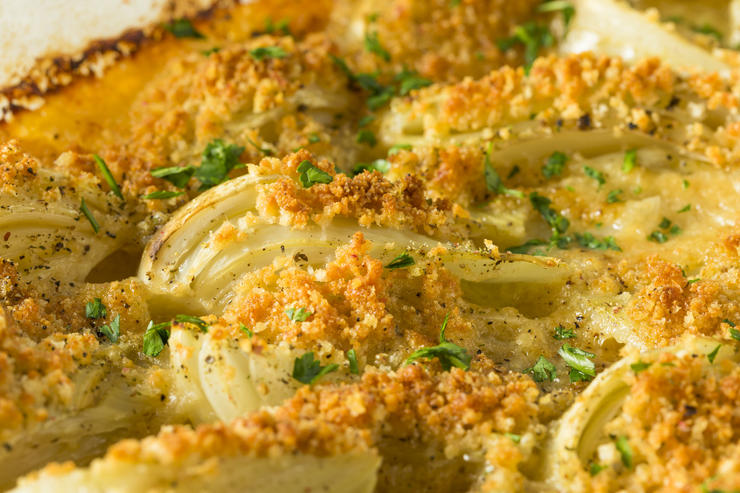
Fennel also tastes very good from the oven. Here are some suggestions on how to cook it in the oven:
Mix chopped fennel with other vegetables, place on a baking sheet, drizzle with olive oil and season. Then bake the veggies in the oven for about 30 to 40 minutes until tender and lightly browned.
Cook the halved fennel bulbs until done and then bake them in the oven for about 20 to 25 minutes. You can use (vegan) cheese of your choice for the gratin and add (plant-based) cream, spices and other vegetables if you like.





